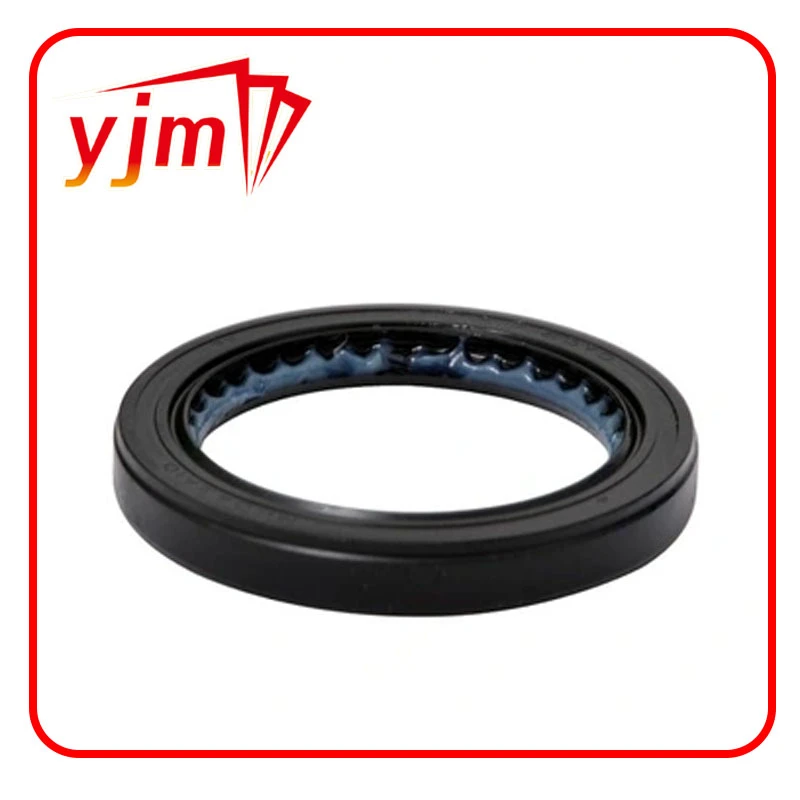Auto spare parts Crankshaft Seal 038103171


Choosing a reputable automotive repair shop or technician for rear main seal replacements is fundamental. The repair facility should exhibit credibility through certifications, customer reviews, and a proven track record of successful repairs. Transparency in the repair process, including clear explanations and cost breakdowns, fosters trust between the customer and the service provider. In ensuring the crankshaft rear main seal remains in optimal condition, regular vehicle maintenance is paramount. Regularly scheduling oil changes and engine check-ups can contribute to early detection of potential seal issues. Additionally, using the manufacturer's recommended oil type can ensure that the seal's material does not degrade prematurely due to chemical incompatibility. Continuous education on new seal technologies and installation techniques aids in maintaining expertise in this area. With the automotive industry constantly evolving, keeping pace with advancements such as improved seal materials or installation tools is crucial for professionals looking to maintain an authoritative edge. Ultimately, a crankshaft rear main seal is more than just a minor component—it's vital for engine health, efficiency, and performance. By prioritizing quality, professional expertise, and a proactive maintenance approach, one can enhance the reliability and longevity of their vehicle's engine, thereby avoiding unnecessary expenses and ensuring a smooth driving experience. Recognizing the critical role this component plays and addressing issues promptly with skilled assistance embodies the principles of expertise, authoritativeness, and trustworthiness in automotive care.
-
Understanding the Front Main Engine Seal: Purpose, Maintenance, and Installation
News Jul.29,2025
-
Understanding O-Rings and Seal Rings: Types, Applications, and Custom Solutions
News Jul.29,2025
-
Understanding Crankshaft Oil Seals: Rear Seals, Pulley Seals, and Their Role in Engine Integrity
News Jul.29,2025
-
The Importance of Front and Rear Crankshaft Seals in Engine Performance and Oil Management
News Jul.29,2025
-
Crank Oil Seals: Functions, Types, and Cost Considerations in Engine Maintenance
News Jul.29,2025
-
A Comprehensive Guide to O-Rings and Seals: Types, Materials, and Global Applications
News Jul.29,2025
-
Mastering Diesel and Performance Engine Maintenance: A Guide to Critical Oil Gaskets
News Jul.28,2025
Products categories















